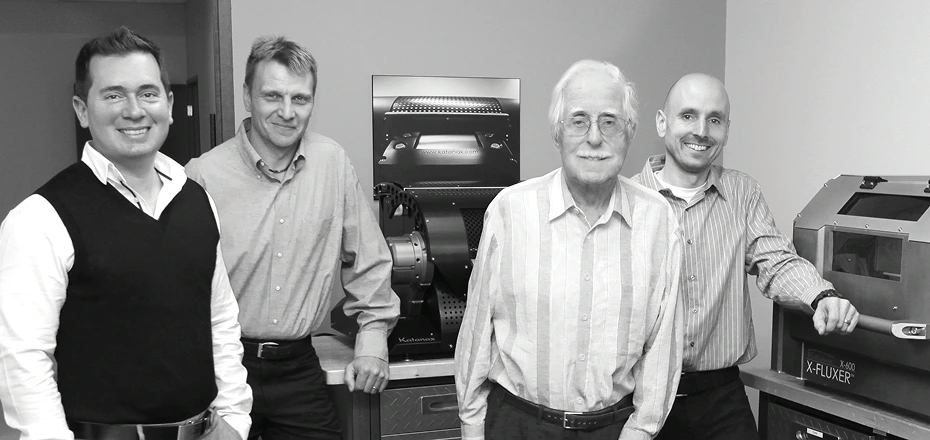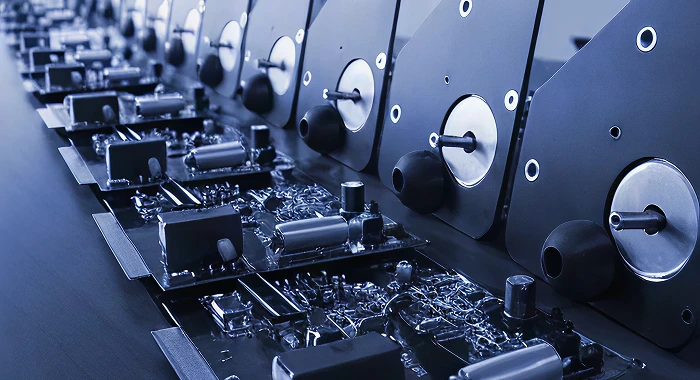
Katanax
Katanax was founded at the beginning of 2002 by three men of vision and knowledge. All had worked in the analytical fusion arena with Dr. Fernand Claisse for a total of 15 years, and all cherished the same dream: to design and make the ultimate fusion machine to support analytical laboratories in their quest for safety, efficiency and accuracy.

Katanax: Shaping the Future
Katanax fusion machines are made with caring craftmanship to be the strongest in the heat of battle. Because our fluxers are specially designed to prepare samples for
X-Ray Spectroscopy, the name ending in x was almost natural.
We think we have attained our goal – Katanax fluxers truly surpass any competition.
The word “Katanax” is made up of the combination of “Katana” with the ending letter “X”. A katana is a relatively short, curved Japanese sword that was used by samurais centuries ago. The samurai often gave names to their swords and believed it was the “soul” of their warriorship. The oldest swords were straight and had their early design in Korea and China. The samurais’ desire for tougher, sharper swords for battle gave rise to the curved blade we still have today. The sword had its beginning as iron combined with carbon, which produced the toughest blades of the time. The swordsmith used tremendous heat, water, anvil and hammer to shape the world’s best swords.

